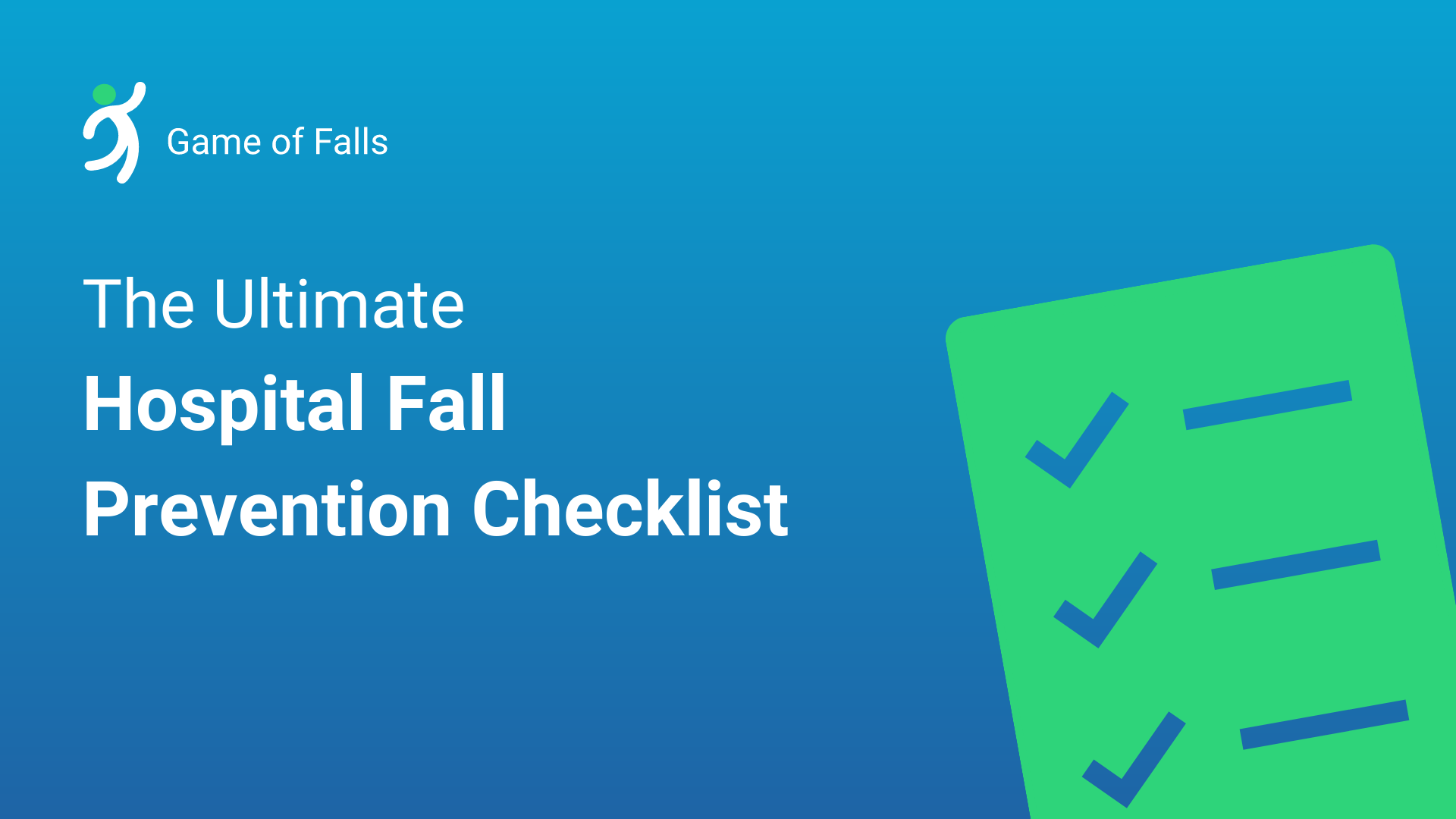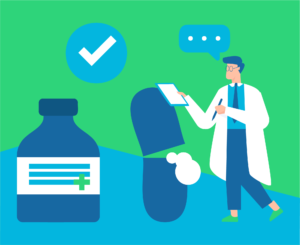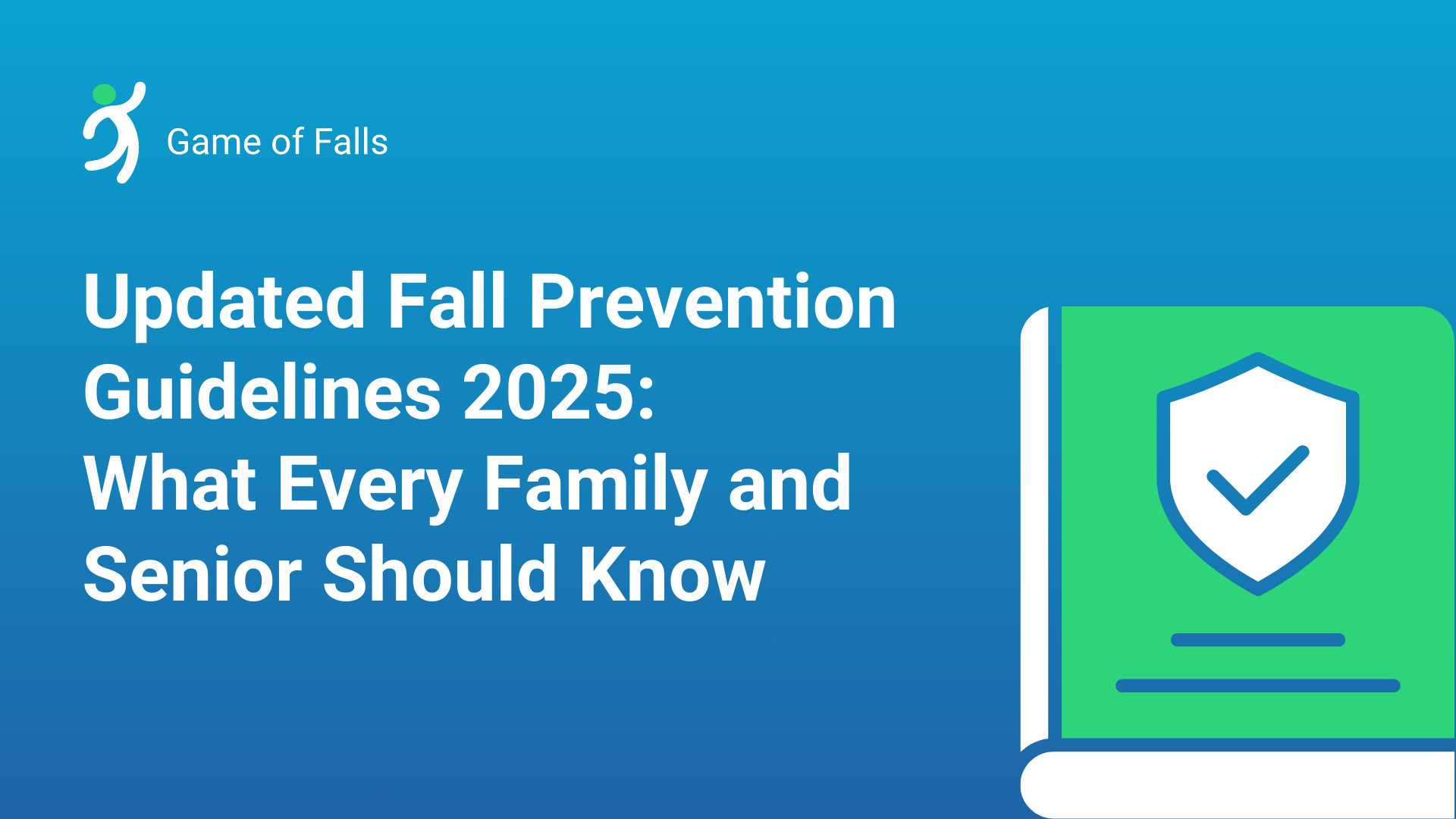
Falls can be dangerous, especially in hospitals, where patients are often at a higher risk due to their condition, age, or medication. It’s essential to have a fall prevention plan in place to minimize the risk of falls and injuries. In this article, we’ll go over the ultimate hospital fall prevention checklist to help you ensure that your hospital has a comprehensive plan in place.
Assessing the Risk of Falls
The first step in preventing falls is to assess the risk of falls. Every patient should be assessed for their risk of falls upon admission to the hospital, and the risk should be re-assessed regularly. The risk assessment should take into account various factors, such as age, mobility, medication, and cognitive impairment.
Hospital Fall Prevention Checklist
Based on the risk assessment, a fall prevention plan should be created for each patient. The plan should be individualized and take into account the patient’s specific risk factors. The plan should include measures to prevent falls, such as bed rails, non-skid socks, and frequent rounding by nursing staff.
Educating Staff and Patients
All hospital staff, including nursing staff, physicians, and therapists, should be educated on fall prevention measures and the importance of fall prevention. Patients and their families should also be educated on the risks of falls and how to prevent them. This education should include information on the patient’s specific risk factors and fall prevention plan.
Encouraging Mobility
Encouraging mobility can help prevent falls by improving strength, balance, and coordination. Patients should be encouraged to move around as much as possible, with assistance if needed. Physical therapy and occupational therapy should also be utilized to improve mobility and reduce the risk of falls.
Medication Review

Medication review is an essential component of fall prevention, as certain medications can increase the risk of falls. Medications that can cause dizziness or confusion, such as sedatives or opioids, should be used cautiously or avoided altogether. A pharmacist should be consulted for medication review, and alternative medications should be considered if possible.
Environment Assessment
The hospital environment should be assessed for potential fall hazards, such as wet floors, dim lighting, and loose rugs. These hazards should be addressed promptly, and the hospital environment should be modified as necessary to reduce the risk of falls.
Use of Alarms and Monitoring Devices

Alarms and monitoring devices can be used to alert staff if a patient attempts to get out of bed or move around without assistance. These devices can be particularly useful for patients at high risk of falls. However, alarms and monitoring devices should not be used as a substitute for frequent rounding and staff observation.
Reporting and Investigating Falls
All falls should be reported and investigated promptly to identify the cause of the fall and take appropriate measures to prevent future falls. The investigation should include a review of the patient’s fall prevention plan, environment assessment, and staff education on fall prevention measures.
Continuous Quality Improvement
Continuous quality improvement is crucial to ensure that the fall prevention plan is effective and up-to-date. The hospital should regularly review and modify the fall prevention plan as needed, based on new evidence or feedback from staff and patients.
Patient and Family Engagement
Patient and family engagement can be a valuable tool in fall prevention. Patients and families should be encouraged to participate in the fall prevention plan, provide feedback on the plan’s effectiveness, and report any concerns or incidents promptly.
Conclusion
Falls are a serious concern for hospitals, particularly for elderly patients. A comprehensive hospital fall prevention program can help reduce the risk of falls and improve patient safety. Key elements of a fall prevention program include patient assessment, patient and staff education, environmental modifications, and medication management. By implementing these strategies, hospitals can help ensure that their patients remain safe and avoid fall-related injuries.
Try gameoffalls an interactive game that prevents elderly falls
Think of the brain as the conductor and the body as the orchestra. When they stay in rhythm, every step lands with confidence. Cognitive games train that rhythm by blending thinking with movement. You learn to notice hazards, choose safe actions, and move with intent. Cognitive training supports attention, memory, and decision speed. These skills […]
The conversation about falls in the elderly often revolves around physical injuries, but there’s another side to this story: the silent, creeping fear that can tiptoe into seniors’ lives post-fall. This anxiety does more than cloud the mind; it can withdraw a person into a shell of inactivity and solitude, paving the way for more […]
Falls among older adults remain a top public health concern in the United States. They cause serious injuries, loss of independence, and even death. To address these challenges with fresh focus and innovation, the US has introduced updated Fall Prevention Guidelines in 2025. These new recommendations offer families and seniors actionable strategies to prevent falls […]
For many seniors living in the U.S., home isn’t just a place; it’s a feeling. Until a fall happens. Falls can be a huge deal for older adults, and they’re actually the top cause of injuries in this age group. The good news, though, is that most of these tumbles happen at home, and with […]





